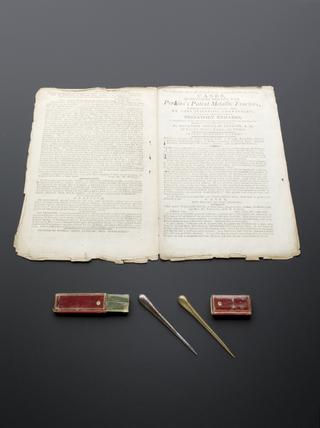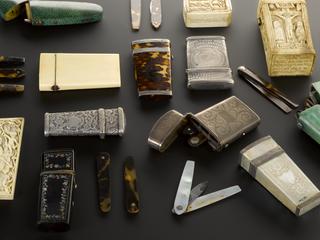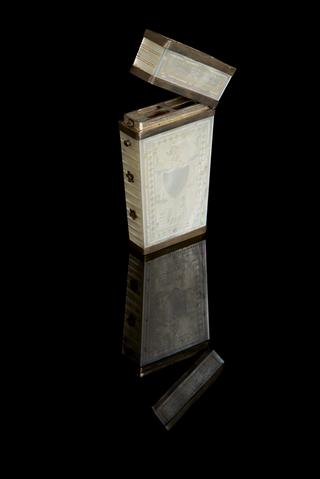

Hypodermic syringe, metal (plated)
Hypodermic needles came into common use in the second half of the 1800s. They were invented by Scottish doctor Alexander Wood in 1853 – although French surgeon Charles Pravaz was independently developing a similar device at the same time.
Hypodermic needles like these are hollow so drugs can be injected directly into the body. This particular example has a glass barrel with a scale scratched on to the outside to measure how much was being given to the patient. The metal case is personalised with the initials “HC” engraved on the side, possibly indicating the case’s owner. The case contains one spare needle, although there is also room for another needle and three spare barrels.
Details
- Category:
- Therapeutics
- Collection:
- Sir Henry Wellcome's Museum Collection
- Object Number:
- A600192
- Materials:
- metal (silvered)
- Measurements:
-
overall: 20 mm x 121 mm x 23 mm, .03kg
needle: 18 mm
- type:
- hypodermic syringe


